
Light Bulbs: How to find the brightness of a light bulb
Search
Main Article: Choosing the Right Light Bulb: Everything you Need to know
Understanding the Brightness of Light Bulbs
A light bulb with a certain amount of wattage may give off a different amount of brightness, depending on the type of bulb. It used to be easy to just refer to "how many watts" as a shorthand for "how bright is it". But since the introduction of more energy-efficient bulbs such as fluorescent bulbs and LED bulbs, there is no longer a direct match between the wattage and the brightness. So, instead of relying on wattage, we now use lumens to measure a bulb's brightness, which basically means, "how bright is it", regardless of the amount of watts used.
What Are Lumens?
Lumens (lm) are the unit used to measure the total amount of visible light emitted by a bulb. Think of lumens as a way to gauge the brightness of a light bulb, or how many photons it gives off. The higher the number of lumens, the brighter the light. This is different from wattage, which measures how much energy the bulb consumes. The lumens no longer depends on how much wattage is needed to produce the brightness, different types of bulbs now use different amounts of wattage to produce the same amount of light.
For example, a traditional 60-watt incandescent bulb produces about 800 lumens of light. But an LED bulb producing the same 800 lumens might only consume 10 watts of power! This shows that lumens are a much better way to judge how bright your light will be, no matter what kind of bulb you’re using.
Why Do We Use Lumens Instead of Watts?
In the past, people used wattage as a shortcut to estimate brightness because all incandescent bulbs had roughly the same efficiency. But with the introduction of new technologies, such as LEDs and CFLs, this method became unreliable. Different bulbs use different amounts of power (wattage) to produce the same amount of light (lumens). That’s why the lighting industry now recommends using lumens to measure brightness instead.
For example, while a 60-watt incandescent bulb produces about 800 lumens, here’s what you might find with other types of bulbs:
- LED: 800 lumens uses about 10 watts
- CFL: 800 lumens uses about 15 watts
- Halogen: 800 lumens uses about 40 watts
- Incandescent: 800 lumens uses about 60 watts
Lumens provide a universal measurement to compare brightness across all these types, while watts only tell us how much energy is being used.
How Are Lumens Measured?
Lumens are measured by placing a light meter at a set distance from the bulb to gauge the amount of visible light it produces in all directions. Typically, the measurement is done in a controlled environment to ensure that only the bulb’s light is being recorded.
Manufacturers use something called an integrating sphere, a device that captures the total light emitted by the bulb, to measure lumens accurately. The light from the bulb is captured and scattered throughout the sphere, and a sensor records the brightness. The result is the total "luminous flux", which we express in lumens.
The important takeaway is that when you see a bulb listed as having 800 lumens, it’s a reliable indication of how bright the bulb will be, regardless of the type or shape or the technology used to produce the light.
Translating Lumens into Wattage Equivalents
Because we’re so accustomed to using wattage as a guide, it can be useful to have a rough conversion guide. Let’s take a closer look at how different wattages across various types of bulbs compare when trying to produce the same amount of lumens:
450 Lumens
- Incandescent Bulbs: A standard 40-watt incandescent bulb produces about 450 lumens of brightness. This is often used in areas like hallways or smaller lamps where a lower level of light is preferred.
- Halogen Bulbs: Halogen bulbs are a bit more efficient and can produce 450 lumens with just 30 watts. They also tend to emit a brighter, whiter light compared to incandescents, making them ideal for workspaces.
- CFL Bulbs: A CFL bulb needs even less power—around 9 watts—to reach 450 lumens. This makes it a popular choice for energy-conscious users looking to replace older incandescents.
- LED Bulbs: LEDs are the most efficient of all. A 5 to 7-watt LED bulb can produce the same 450 lumens, using about 80% less energy than traditional incandescent bulbs.
800 Lumens
- Incandescent Bulbs: The familiar 60-watt incandescent bulb, used in many household lamps and fixtures, produces around 800 lumens. This level of brightness is great for living rooms and bedrooms where moderate light is needed.
- Halogen Bulbs: A 40-watt halogen bulb achieves the same 800 lumens, making it slightly more energy-efficient than a regular incandescent.
- CFL Bulbs: For CFLs, only 13 to 15 watts are needed to reach 800 lumens, offering a considerable energy saving.
- LED Bulbs: LEDs are the most efficient option here as well, using just 8 to 10 watts to provide 800 lumens. They are perfect for general-purpose lighting throughout the home.
1100 Lumens
- Incandescent Bulbs: An incandescent bulb would need about 75 watts to produce 1,100 lumens. This brightness level is suitable for larger rooms or spaces where strong lighting is necessary.
- Halogen Bulbs: Halogen bulbs are a bit more efficient and require only 50 watts to achieve the same brightness.
- CFL Bulbs: A CFL can reach 1,100 lumens using just 18 to 20 watts, making it a good energy-saving option.
- LED Bulbs: LEDs again come out on top, needing only 12 to 15 watts to produce 1,100 lumens.
1600 Lumens
- Incandescent Bulbs: To produce 1,600 lumens, you’d need a 100-watt incandescent bulb. This is a bright light, suitable for kitchens, bathrooms, or other task-oriented spaces.
- Halogen Bulbs: Halogen bulbs require 70 watts to reach the same brightness, which is a moderate energy saving compared to incandescents.
- CFL Bulbs: A CFL bulb can reach 1,600 lumens using just 23 to 25 watts, making it a far more efficient choice.
- LED Bulbs: LEDs only need 15 to 20 watts to achieve 1,600 lumens, offering the best energy efficiency and lowest electricity costs over time.
2600 Lumens
- Incandescent Bulbs: A 150-watt incandescent bulb is needed to produce 2,600 lumens. This is an extremely bright light level that’s often used in garages or workshops, or in some 3-way lamps.
- Halogen Bulbs: Halogen bulbs require 100 watts to reach the same brightness, consuming less energy than their incandescent counterparts.
- CFL Bulbs: CFLs can achieve 2,600 lumens using just 30 to 32 watts. This makes them a suitable option for spaces needing high brightness but without the energy consumption of traditional bulbs.
- LED Bulbs: LEDs are the most efficient once again, producing 2,600 lumens with only 20 to 30 watts of power. For extremely bright lighting, LEDs are the best choice.
Comparing Bulb Types: How Bright Is a 60-Watt Bulb?
Now that we understand how lumens translate into different wattage equivalents, let’s see what kind of brightness you get from a 60-watt bulb across different types of lighting. ie if we use the same amount of electricity, how much brightness can we get?
Incandescent Bulbs:
Incandescent bulbs have been the standard for household lighting for decades. A traditional 60-watt incandescent bulb outputs around 800 lumens. This bulb type produces a warm, yellowish light that’s often preferred for living rooms or bedrooms. While it’s familiar and offers pleasing light quality, it’s not very energy-efficient, consuming significantly more power than other bulb types to reach 800 lumens.
Typical Range: Incandescent bulbs typically range from 40 to 100 watts, producing about 450 to 1,600 lumens.
Halogen Bulbs:
Halogen bulbs are a type of incandescent bulb that uses a small amount of halogen gas inside the bulb to increase efficiency and lifespan. A 60-watt halogen bulb produces about 1,100 lumens, making it brighter than a 60-watt standard incandescent bulb. Halogen bulbs are known for their crisp, white light, ideal for task lighting. However, while they are more energy-efficient than standard incandescents, they still use more energy than LEDs and CFLs.
Typical Range: Halogen bulbs generally range from 30 to 150 watts, providing between 450 and 2,800 lumens.
CFL Bulbs:
Compact Fluorescent Lights (CFLs) work by passing an electric current through a tube containing gases, producing ultraviolet light that’s converted to visible light by a coating inside the tube. A 60-watt CFL can output an impressive 4,000 lumens, but most people don’t buy CFLs of that wattage because they are far too bright for household use. A more common CFL equivalent would be around 15 watts, producing the same 800 lumens as a 60-watt incandescent. This makes CFLs much more energy-efficient, but they do contain a small amount of mercury, which requires careful disposal if broken.
Typical Range: CFLs generally range from 9 to 30 watts, producing between 450 and 2,000 lumens.
LED Bulbs:
Light Emitting Diodes (LEDs) are the most efficient bulbs available today. A 60-watt LED can output a staggering 6,000 to 8,000 lumens, which is far too bright for typical home use. Instead, a more realistic equivalent to a 60-watt incandescent would be a 10-watt LED bulb, which still produces 800 lumens using only a fraction of the energy. LEDs also last much longer than other types of bulbs and are highly versatile in their applications, making them a top choice for most households.
Typical Range: LED bulbs typically range from 5 to 20 watts, providing 450 to 2,600 lumens.
Xenon Bulbs:
Xenon bulbs are similar to halogen bulbs but use xenon gas. A 60-watt xenon bulb outputs about 1,500 lumens, which is significantly brighter than a 60-watt incandescent or halogen bulb. They are often used in car headlights or specialty lighting due to their intense brightness and clear white light. However, they are less energy-efficient compared to LEDs and CFLs.
Typical Range: Xenon bulbs generally range from 35 to 150 watts, providing between 1,000 and 3,500 lumens.
Finding the lumens of a bulb
Choosing the right light bulb is all about understanding lumens and how they translate across different technologies. Instead of relying on wattage alone, consider how bright you want your space to be and select bulbs based on their lumen output. Most packaging for light bulbs clearly displays the lumen rating, usually on the front or side of the box, making it easier to compare different options at a glance.
When interpreting this information, keep in mind that higher lumen ratings indicate brighter light, while lower ratings mean dimmer light. For instance, if you're looking for a warm, inviting glow in a living room, aim for bulbs around 800 lumens. For task-oriented areas like kitchens or workshops, you may want to opt for bulbs with higher lumen outputs, such as 1,600 lumens or more. With a little knowledge of lumens and wattage equivalents, you can make smarter, more energy-efficient choices when lighting your home.
Note: Remember that lumens measure brightness, not color. The color of the light, described by terms like "warm white" or "cool white," is determined by the bulb's color temperature, which is measured in Kelvin (K). So, you can have bulbs with the same lumen output that produce different colors of light.
Tip: In light fixtures and lamps, the socket where you put the bulb has a maximum wattage rating. You cannot put a bulb in there that uses a higher amount of wattage, for safety and electrical reasons. However, if the fixture was designed to accommodate incandescent bulbs for example, you could swap them out for LED bulbs. The LED bulbs can give off the same amount of light at a much lower wattage. This means you can ramp up the watts used by the LED to get even more brightness than you could've had from the incandescent bulb, so long as you still stay below the maximum wattage rating.
Learn more about Light Bulbs
The different types of light bulb technologies
Choosing the right light bulb base for the socket
How to safely screw in various kinds of light bulbs
The different shapes of light bulbs
Smart Bulbs, their benefits and features
How to find the brightness of a light bulb
The different colors of bulbs, warm white, cool white and more
What are Full Spectrum and Natural Daylight bulbs?
What is Color Rendering Index (CRI), and why does it matter
How to avoid glare and harsh light
Wattage, what is it and does it matter?
When light bulbs get hot take safety precautions
How long do they last and when will they need replacing
How much do they really cost to run?
Explore Topics

Table of Contents
Light Bulbs: How to find the brightness of a light bulbUnderstanding the Brightness of Light BulbsWhat Are Lumens?Why Do We Use Lumens Instead of Watts?How Are Lumens Measured?Translating Lumens into Wattage EquivalentsComparing Bulb Types: How Bright Is a 60-Watt Bulb?Finding the lumens of a bulbLearn more about Light BulbsCommentsShopping Ideas
Trending
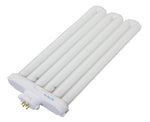
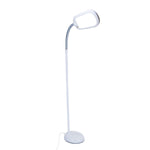

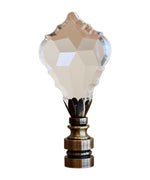

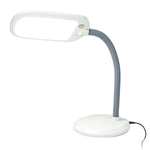




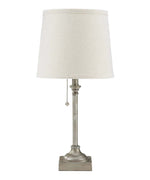


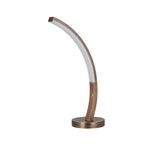
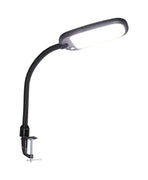


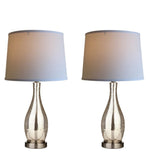
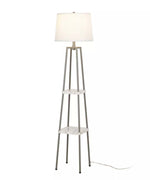










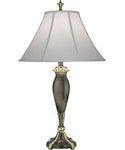
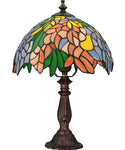
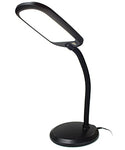
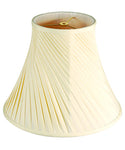

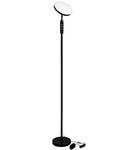
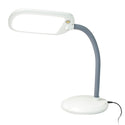
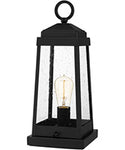
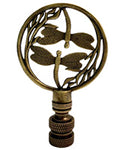
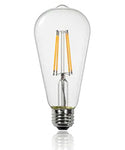
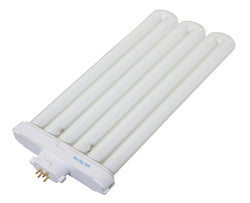

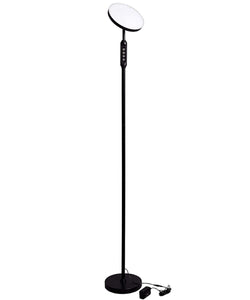
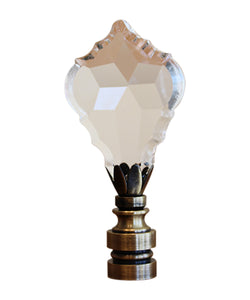
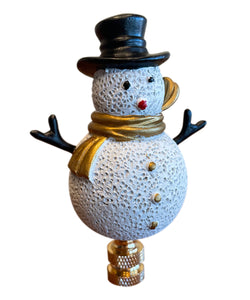

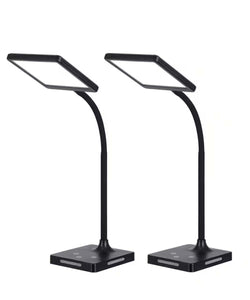

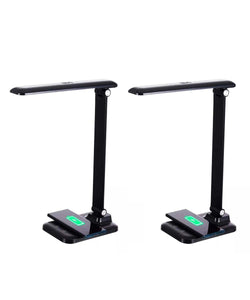


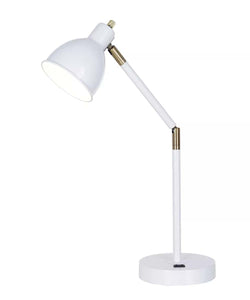
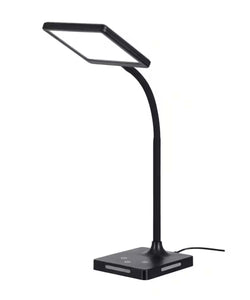

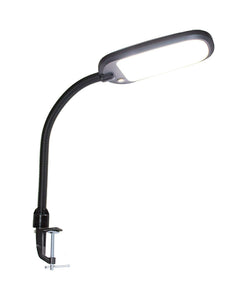





Comments